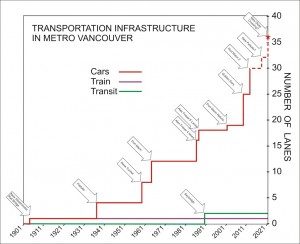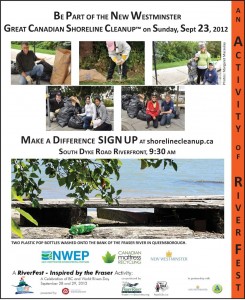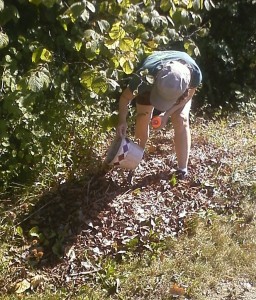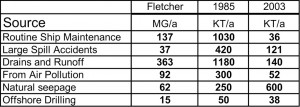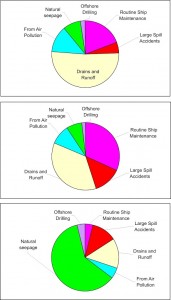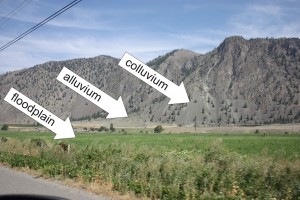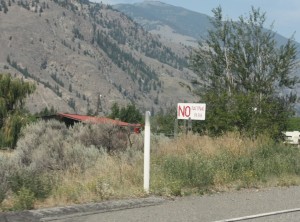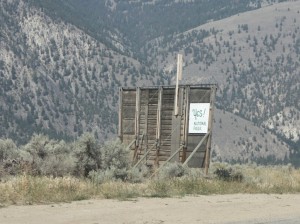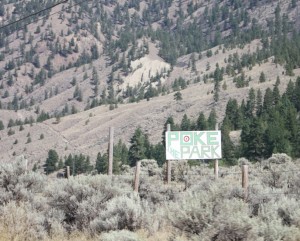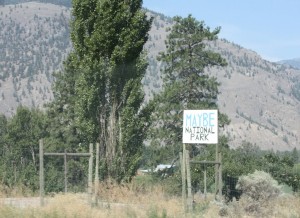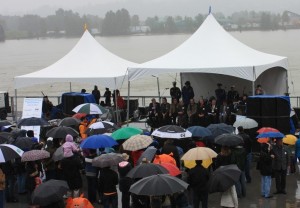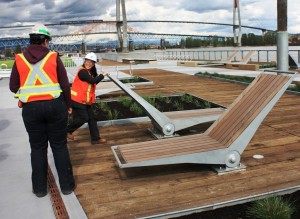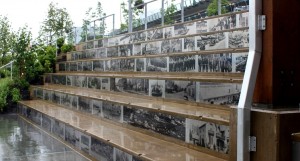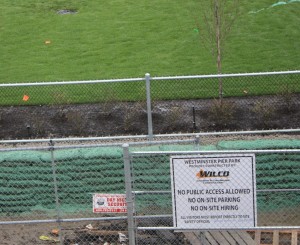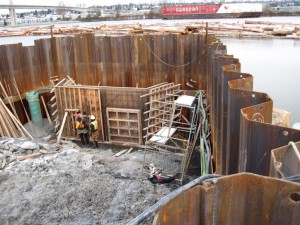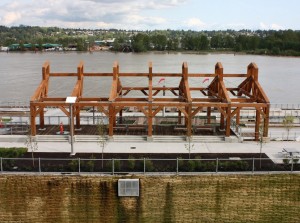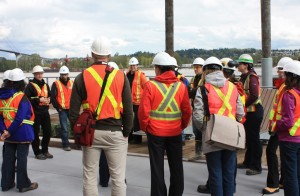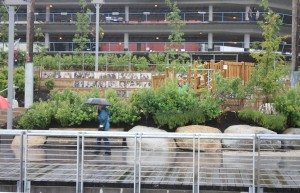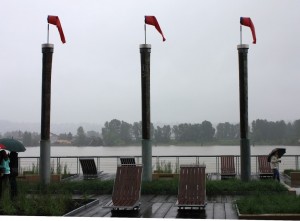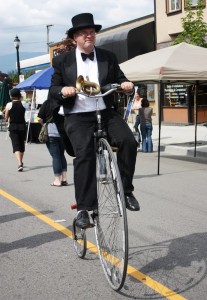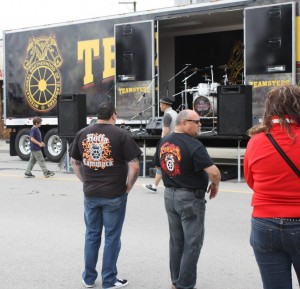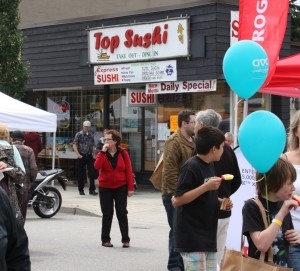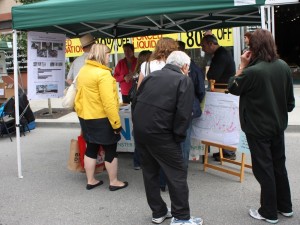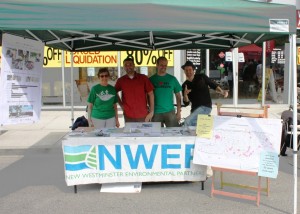I found this to be an interesting story, one that probably didn’t get the media exposure it should have.
The Morrison Mine is just northwest of Babine Lake, in the woods east of Smithers. There are already a couple of significant historical mines in the area, including the Granisle and Bell open-pit copper mines that are located on islands within Babine Lake. The Morrison project would have chased a porphyry deposit related to the one that was mined at Granisle. These deposit types are common for copper, and are always mined using open-pit techniques, as they are trace deposits where the concentration of ore is usually much less than 0.5% of the host rock. So large volumes of rock must be dug up, crushed and concentrated to make economic ore. In the case of many copper mines like the Highland Valley mine near Logan Lake in the southern interior, the copper part of the business is often run as a break-even business, and all the profits come from the trace gold, silver, platinum, and other more valuable minerals that are extracted as accessory to the main copper operation (indeed the Morrison deposit reports .2g of gold per tonne, and could have produced up to a million ounces of gold over its life).
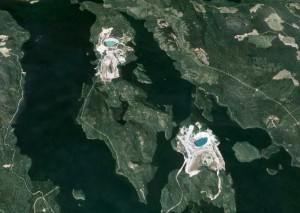 |
| Grand Isle and Bell mines, on Babine Lake. |
However, the Morrison Mine will not be, at least not as per the current plan. The environmental impacts were deemed too significant by the BC Government, or the proposed mitigation of those impacts was seen as insufficient. The copper is still there, the deposit still economic, so I suspect Pacific Booker will revise and come up with a less-impactful way to extract the deposit, or will sell off the rights to someone who thinks they can make it work.
This is the second copper-porphyry copper deposit that has been denied a Provincial Environmental Review Certificate under the current Liberal Government, after Kemess North was denied in 2007. (Remember, the controversial Prosperity Mine project that was going to nuke Fish Lake received Provincial Approval, but was subsequently rejected by the Federal Government)
I honestly don’t know enough about the Morrison project to know if the rejection was a good thing or not. I give the benefit of the doubt to Terry Lake and presume that if the Government felt the impacts were such that they outweighed the benefits, then the rejection is a good thing. The copper isn’t going anywhere, and it will still be a valuable resource when someone figures out how to exploit it in a less impactful way.
What I do find interesting is how this story relates to my earlier post criticising the meme propagated by a local mining executive that “the NDP will Kill Mining in BC” if elected.
In discussion around that meme, the topic of Tatshenshini Park is always raised, as in the suggestion that it was the Harcourt-led NDP Government turning potential mine site into a park in 1993 put a deep chill on mining exploration that took the Liberal Government to cure. This ignores the impact of historic-low metal prices and the Bre-X scandal on speculative investment on mineral exploration. It also ignores the point that the United States Government was not going to approve the Mine and attached pipeline as suggested (creating a nasty Boundary Waters Treaty dispute), that the acid leachate management plan for the mine would have relied on non-existent technology, or that there were dozens of serious concerns about the mining plan from First Nations, the Canadian and US Salmon fishing industries, Environment Canada, the EPA, and the US National Parks Service.
Click here if you want to read a good run-down of the legal framework around Windy Craggy. The last paragraph is great, as they quote the President of the company that spent all the money planning and proposing the Windy Craggy mine, and the compensation that company received from the BC Government for their lost revenue:
“Geddes Resources president John Smrke stated that the settlement ‘sends out a very strong signal that, indeed, B.C. is open to mining.'”
Does that sound like someone who thinks the BC NDP Government was killing mining in BC?
But back to the present day. If the NDP was killing mining by shutting down 1 potential mine and compensating the exploration company, how are the BCLiberals supporting mining by shutting down two potential mines over the last 5 years? Maybe that is why the BC Liberals have been pretty quiet about it, including the Babine Lake local MLA.
A story that DID get a little media this week was John Rustad, MLA, tweeting about the idea of opening up the west coast for oil exploration. Now I have poked at John Rustad a bit in the past, but I can’t help but feel his well-timed comments about offshore exploration outside of his riding will serve as a useful distraction.
Indeed, if you look at John Rustad’s webpage, you find no mention of Morrison Copper. Which is funny, as the mine is right smack-dab in the middle of John Rustad’s electoral riding, and John Rustad is a Parliamentary Secretary to the Minister of Forests, Lands and Natural Resource Operations, so you figure he would have an opinion on the scupper of a mine in his backyard.
At least as much as he has an opinion on offshore oil exploration, speaking as he is from his land-locked interior riding, 300km from the sea.
